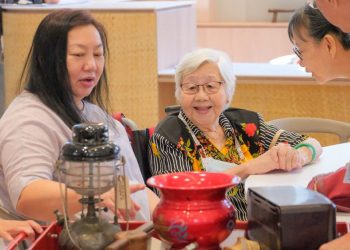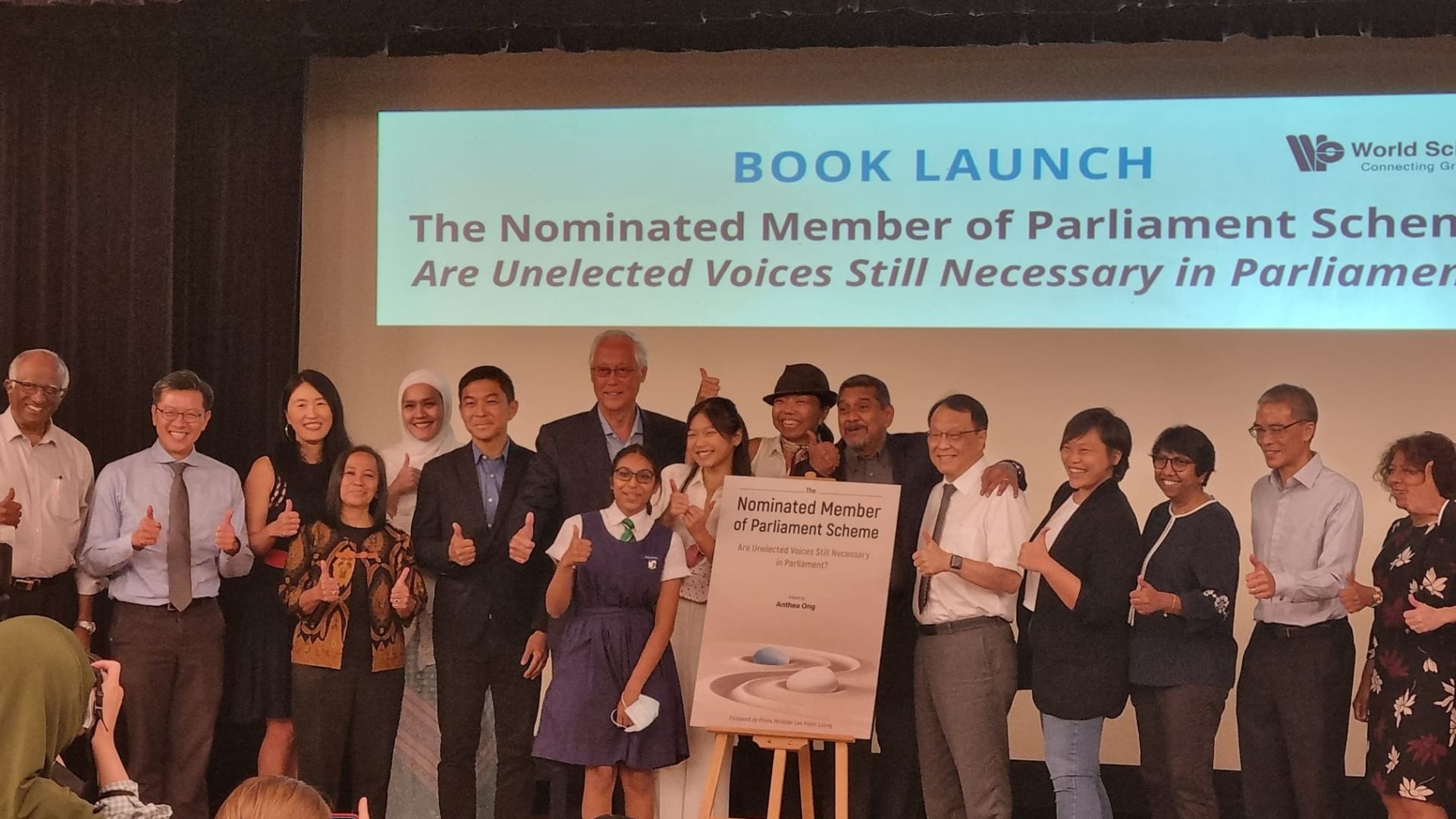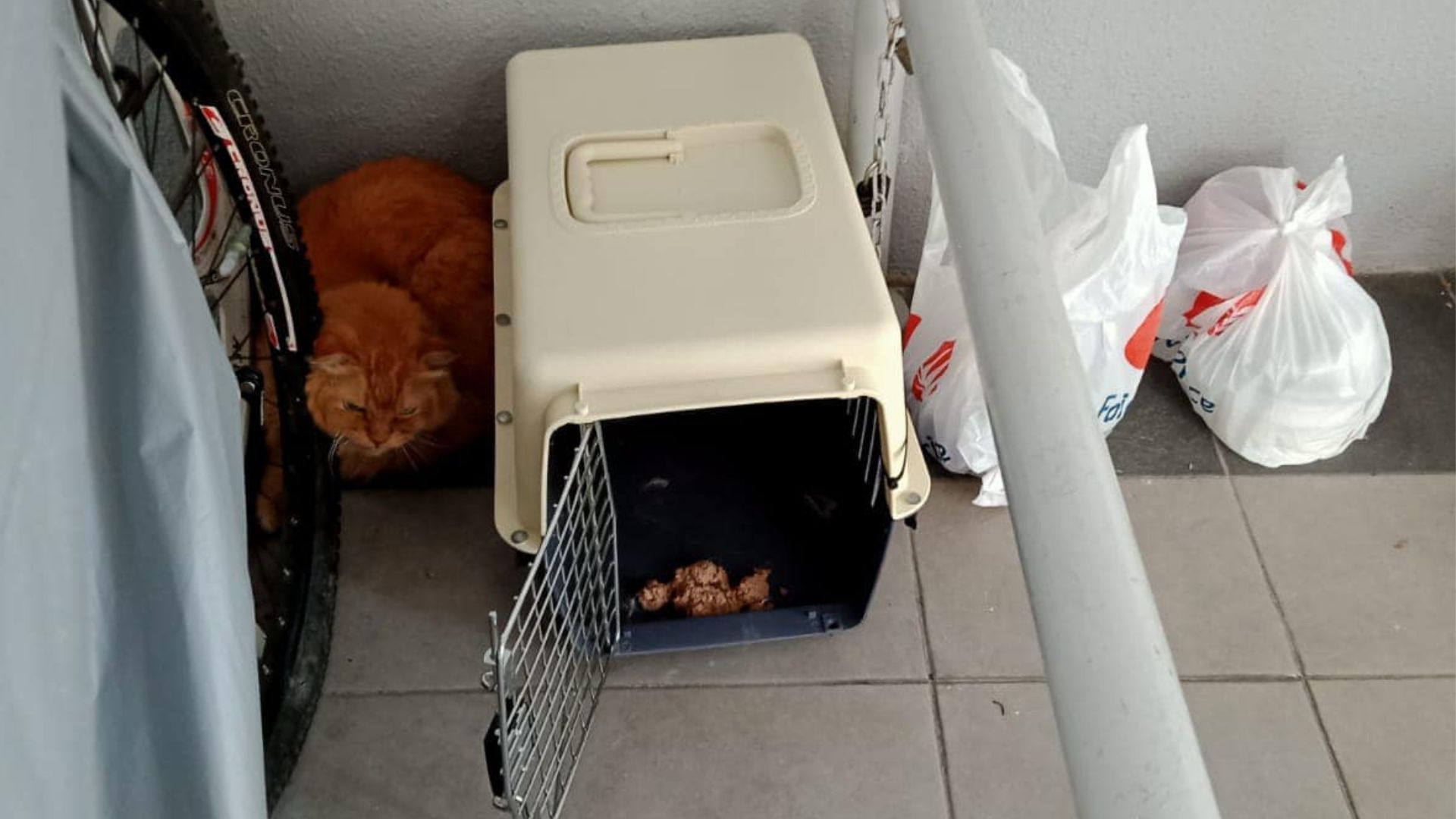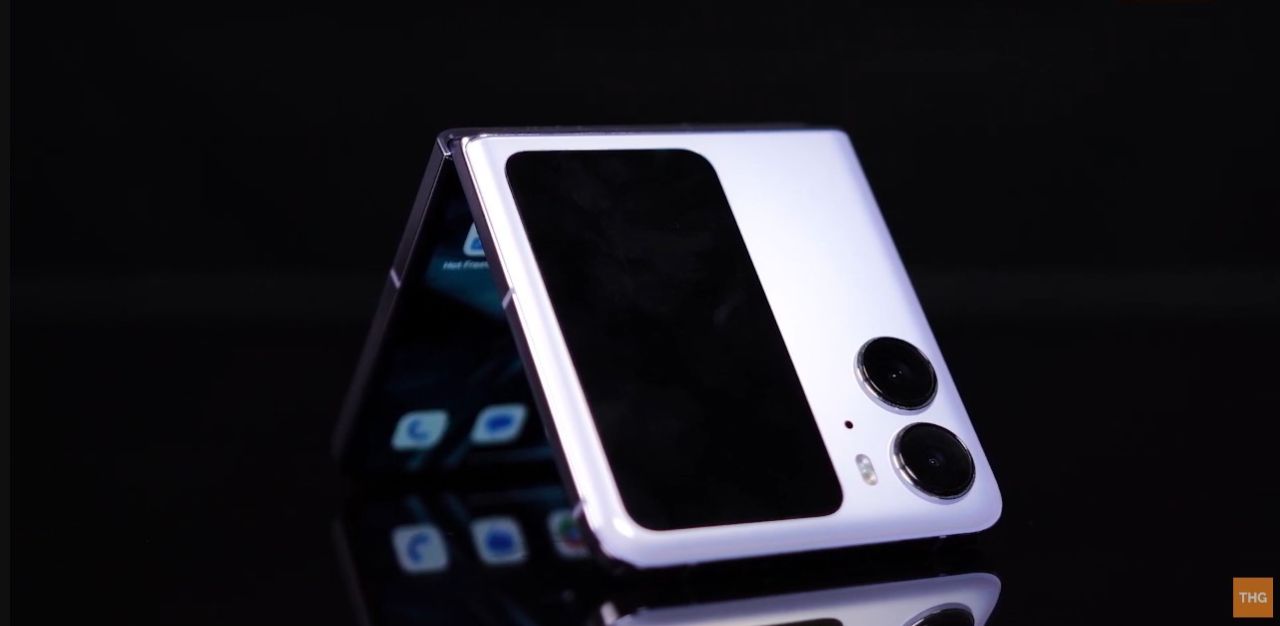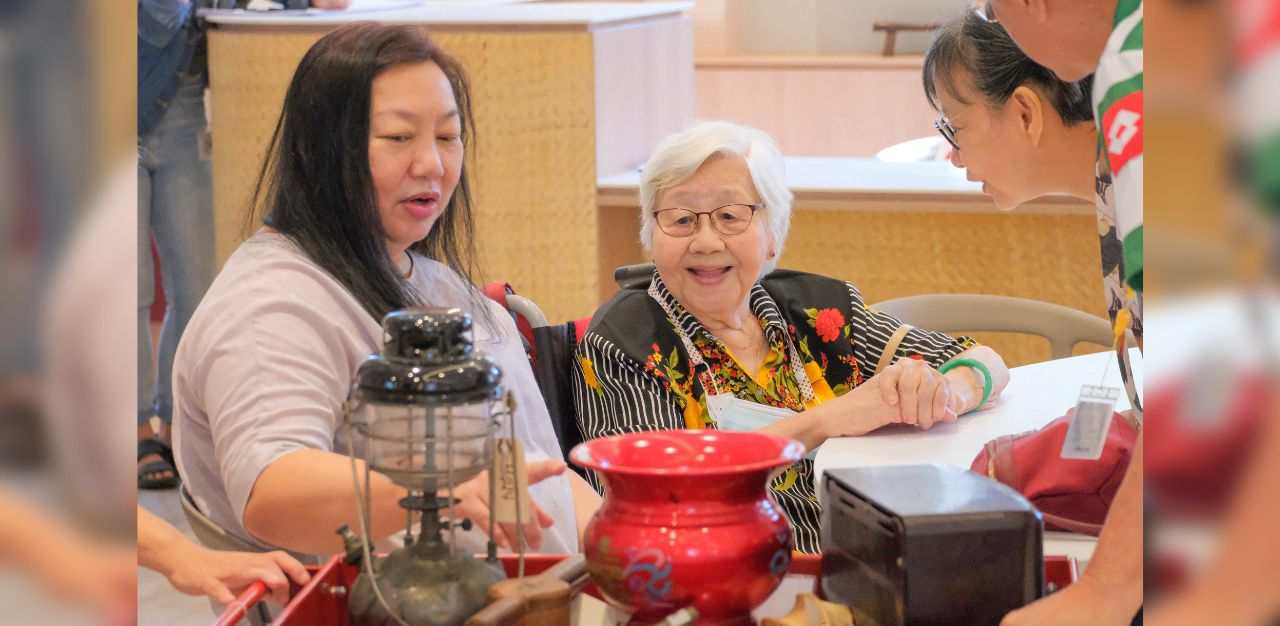Cultural racism, unlike biological racism which is the discrimination on the basis of biological differences, is the discrimination against cultures – which includes norms, beliefs and attitudes. So while a multiracial society causes tension between races, a multicultural society causes tension between cultures. That is why intra-race racism can exist. Singapore, fortunately or unfortunately, is both.

Under this branch of racism, which is also known as ‘neo-racism’ or ‘differentialist racism’, there is a particular cultural-psychology framework: People inhabit cultural worlds that afford or promote particular racialised ways of processing and seeing the world; and people shape, produce, and maintain racialised contexts through their selected preferences, practices, and actions.
Perceived or unintentional racism can arise from different views and understanding of what is considered offensive. Therefore, is understanding the different contexts and views of racism among different groups of people, or the conformity to a societal standard, the effective and right approach to managing racial harmony and tolerance?
General vs targeted racism: Do they carry the same weight of offence?
“Acknowledging the presence of certain stereotypes, or even making certain jokes need not be racist, as long as the intention is not to exclude or deride others,” says Steve Teo, a 25-year-old PhD Biological Sciences student at the National University of Singapore (NUS).
When asked why he does not find this definition problematic, he argues that recognising the “existence of stereotypes” is “acknowledging differences among races”, and not constituted as racism.
“For example, I think that there is some truth to the stereotype that Chinese are greedy and stingy,” Mr Teo elaborates. “I would probably not mind someone from another race pointing that out, although it is generally safer to make fun of your own race.”

He then explains two reasons why an open and flexible perspective on stereotypes, and in a broader sense racism, can ironically be the practical way to manage racism.
“We should not be afraid to discuss our differences and make fun of ourselves and each other,” he opines. “Seeing the humour in [stereotypes] in a sense undermines them, and prevents us from taking stereotypes seriously.”
This begs the question of whether Mr Teo’s argument is an example of casual racism, or about the casual recognition of racial and cultural differences. Is the embrace of one another’s learned cultural norms and lived experiences the key to unlock misunderstandings, and open the door to deeper acceptance of differences, or is it shutting people out from true multiracialism and multiculturalism?
“Some people seem to think that any acknowledgement of differences is discrimination – it shouldn’t be,” he says. “Indeed, the very tenet of our CMIO system (even if we think many aspects can and should be overhauled) sees certain differences among races as mostly fundamental, and tries to arrange our socio-political structures around it, rather than try to eliminate all differences.”
The Chinese-Malay-Indian-Others model is ‘the basis of a racialised mode of ethnic governance, which is based on the notion that separate management of racial groups ensures optimal functioning of society.’
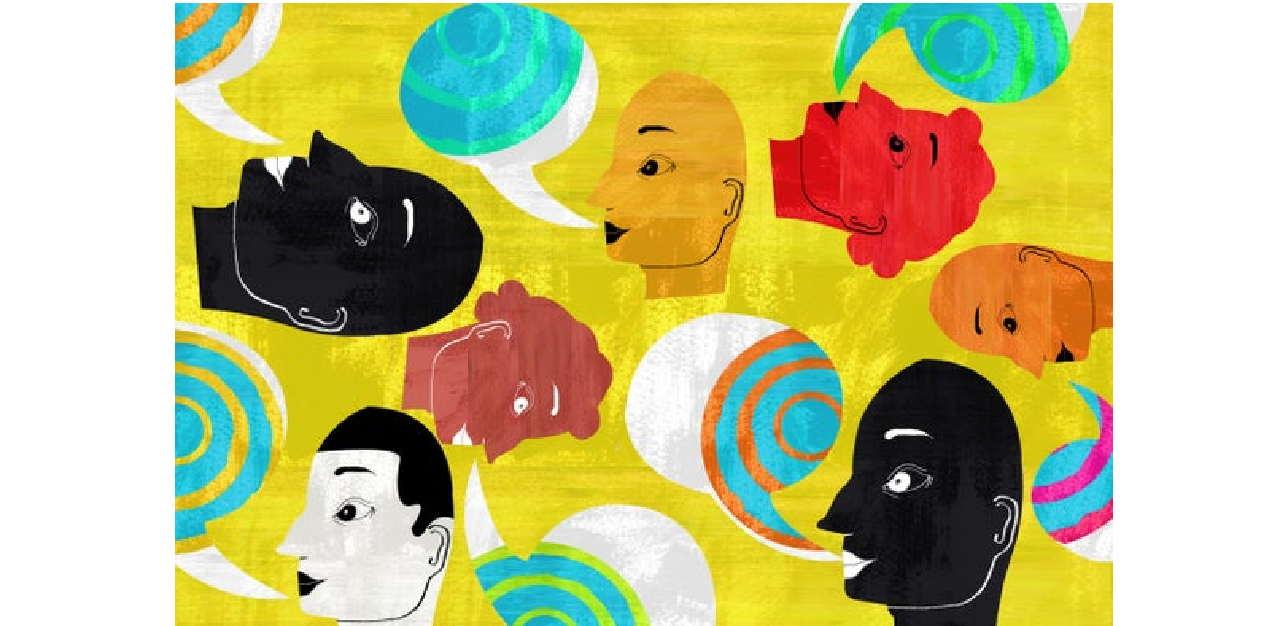
In a publication titled Dimensions of Racism by the Office of the United Nations High Commissioner of Human Rights, it states that “oversensitivity about identity, itself a defensive reaction in the face of standardisation, is aggravating insular attitudes based on the notion of nation, community, group, race, religion, way of life and lifestyle.”
The problem of how this gives rise to new forms of racism is by refusing to recognise the ‘negative images of the “other” and that will ‘evolve in the cultural domain’. This causes a more severe repression of expression in people, which will in turn be manifested in “self-justification and their most radical forms of expression”.
Acknowledging stereotypes, however, is conditional and “highly situational,” Mr Teo cautions. Localised contexts and personal intentions are the determining factors.
Firstly, “among Singaporeans, our understanding of what constitutes a ‘racist remark’ could be different from that of a liberal Western context”. In other words, he thinks that these could be instances when people mention something related to race, without the nuances of pregnant racism.
Different cultural understandings does not excuse targeted racism though: “The intention and effect should not be to exclude or discriminate.” Mr Teo asserts. “If that stereotype is used to suggest that I am greedy and stingy, because I am Chinese, or if that stereotype is used to exclude me in some way, [then to me] that is racism.”
Associate Professor Tan Ern Ser, a sociologist at the Lee Kuan Yew School of Public Policy at NUS, agrees with this and puts it in perspective: “Cultural stereotypes [are different] from nuances. The latter comes across as objective characteristics peculiar to an ‘outgroup’; but in practice, it is our subjective perception of ‘other groups’ that could lead to racism,” he says.
All forms of casual racism should not be accepted
Casual racism has been a tricky branch of racism to diagnose. According to the Australian Human Rights Commission (AHRC), “casual racism refers to conduct involving negative stereotypes or prejudices about people on the basis of race, colour or ethnicity, [such as in] jokes, off-handed comments, and exclusion of people from social situations on the basis of race.”
The fine line between that and traditional racism is the “intention to cause offence or harm”.

Jose Raymond, 50, and Chief Strategy Officer at strategy and communications advisory firm SW Strategies agrees: “Racism in all forms is unacceptable,” he states.
He was also the ex-Chairman of opposition political party Singapore People’s Party before retiring from politics, last December.
“Casual racism has always existed in many forms, from racial slurs [to] stereotypes [about Indians], such as ‘Indians coming to catch naughty children’, among other instances,” Mr Raymond continues. He feels that a line needs to be drawn to say that even as a ‘joke’, or in ‘casual settings’, racism is not tolerated.
Eurasian Tau Kaijun Bowyer, 19, who is pursuing a Diploma in Audio Engineering at LASALLE, shares these sentiments: “[I get] called ‘angmoh’ all the time. We live with [casual racism] now, but in the long run…I hope younger parents can teach their children better,” he shares. “Racism is not natural, it is learned; it’s not alright but it will take time to fix.”
Although it may not be intended racism, the AHRC writes that ‘racism is as much about impact as it is about intention’. “[We] shouldn’t forget about those who are on the receiving end of discrimination.”
Awareness of differences includes deliberate effort in showing respect
Understanding the importance of a cultural tradition or religious practice of various ethnicities is one of the key ways to show respect, suggests Siti Ismail, a 38-year-old marketing manager.
“One example will be offering dishes which are non-halal or contain pork to me,” she shares. “Most of the time, this happens because the other person forgets that I don’t consume [these]. It may seem harmless but I do get affected by it at times.”
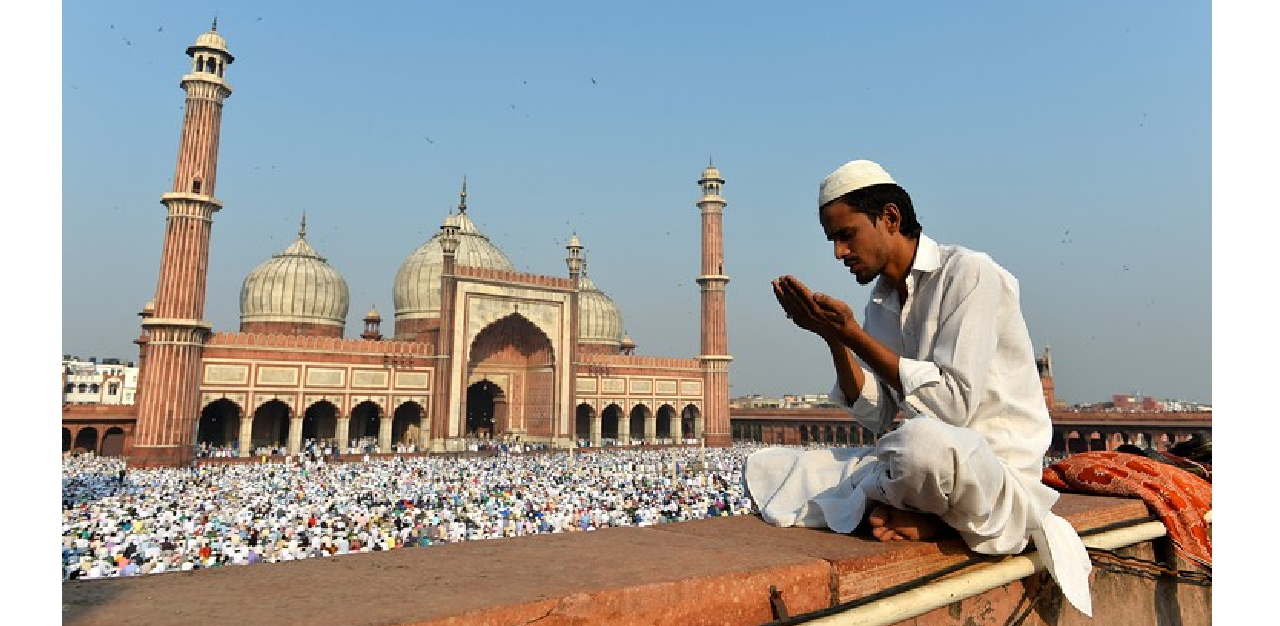
Making a conscious effort to be aware that there are other races around is another way to prevent disrespect, unhappiness and misunderstanding. Hence, speaking in one’s mother’s tongue is a common thorn in every race’s side. “As a Malay, I do take offence when other races [speak] in their native language in front of me,” Ms Ismail says. “When they do that, I often feel that either they were trying to exclude me from their discussion, or they were keeping something from me.”
Mr Teo expresses the same sentiments and warns people against it: “[That is a] commonly cited example [that seems discriminatory]. Sometimes, people are not seeking to exclude, but are just being careless, or are simply more proficient in their own language,” he explains.
To minimise such misunderstandings, he says that making an effort to switch to English when someone of another race is around, and making sure they can be included in the conversation, is “basic politeness”. He recognises that many Singaporeans do practise that and are “by and large gracious”.
Since Singapore is a multiracial and multicultural society, cross-ethnic understanding can truly foster a greater appreciation of various cultural values and practices. But besides that, “adherence to a common [national] set of values [is] essential [in] producing inter-ethnic acceptance and harmony,” says Associate Professor Tan. He thinks that this is effective in curbing racism, because it “means subscribing to a set of superordinate [national] values, practices, and purpose.”
According to Dr Tan, it is worthwhile to note that a cosmopolitan and multiracial society does not cause racism, and does not automatically promote prejudice.
He argues, “It is only when diversity is somehow perceived as a threat [that] it could exacerbate racism, intolerance and conflict.” He advises instead that the key to a “high degree of social integration and harmony” is the “orientation towards embracing diversity.”
In the last part of TheHomeGround Asia’s series on racism, we examine the differences among racism, cultural insensitivity and cultural appropriation. The interchangeable or conflated nature of these issues have become dangerous with irreversible consequences.
Join the conversations on TheHomeGround Asia’s Facebook and Instagram, and get the latest updates via Telegram.



